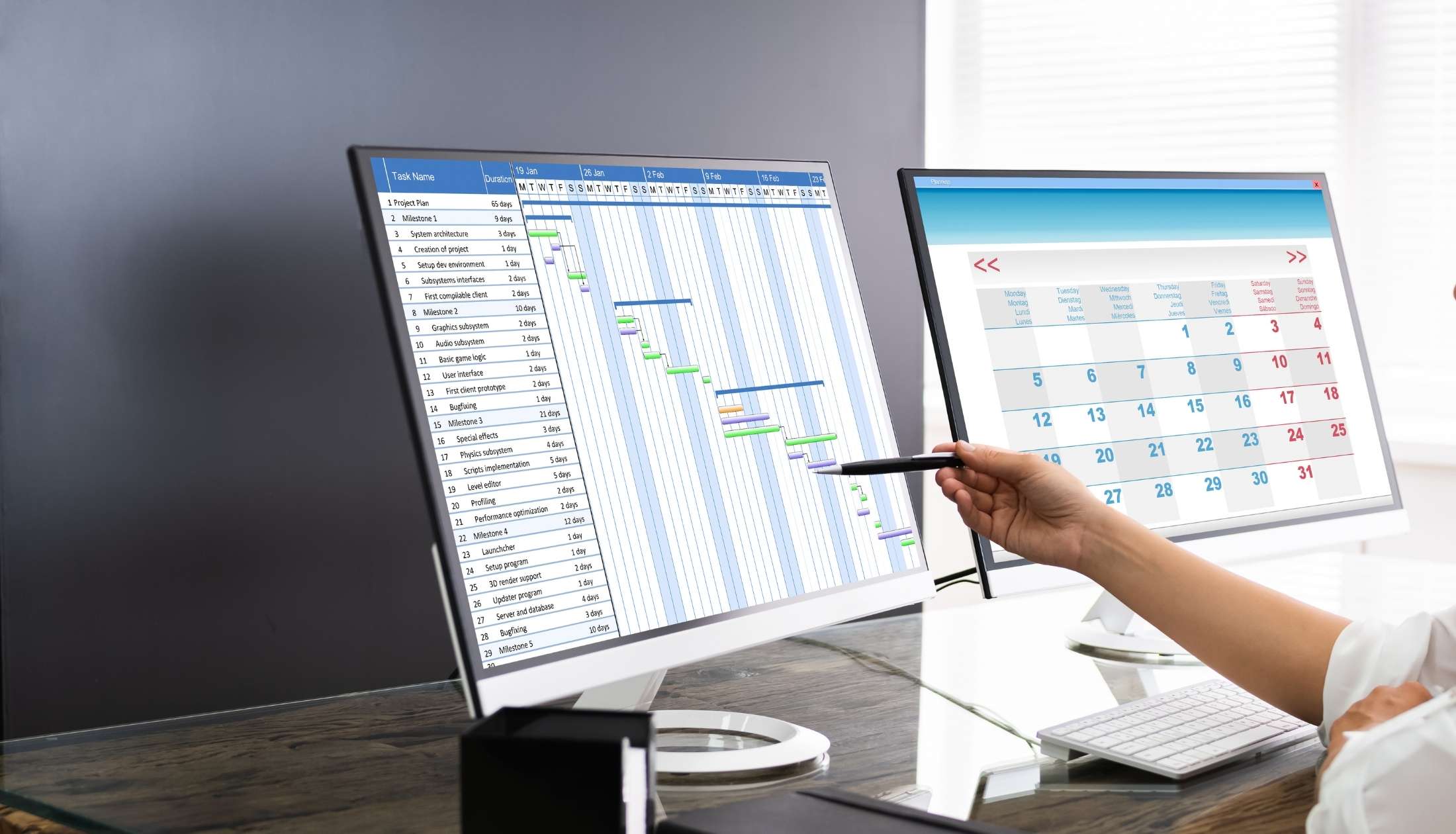In the modern corporate landscape, where efficiency and competitiveness are paramount, businesses are increasingly turning to employee monitoring as a means to optimize their operations. Employee monitoring involves the use of various tools and technologies to track and analyze employees' work activities and performance. In this article, we delve into how this practice can be a game-changer for organizations, improving productivity, enhancing performance, and driving cost-effectiveness.
- Harnessing Productivity through Insightful Data
Employee monitoring provides organizations with valuable data insights into how their workforce operates on a day-to-day basis. By tracking employees' time allocation and identifying trends in task completion, managers can pinpoint productivity bottlenecks and make informed decisions to streamline workflows. Understanding when and where productivity is at its peak allows for the strategic allocation of resources, ensuring tasks are tackled efficiently.
Moreover, monitoring helps employees become more conscious of their productivity levels. With access to real-time performance metrics, individuals can self-assess and take proactive measures to improve their output. This data-driven approach cultivates a sense of ownership over performance, leading to a more engaged and productive workforce.
- Elevating Performance and Nurturing Talent
Employee monitoring offers an objective and comprehensive method for evaluating individual and team performance. Instead of relying solely on subjective assessments, managers can utilize concrete data to identify strengths and weaknesses in their employees' skill sets.
Armed with this knowledge, organizations can create tailored training and development programs to enhance employee competencies. Investing in targeted skill improvement not only boosts individual performance but also fosters a culture of continuous learning and growth, benefiting the entire organization.
- Optimizing Costs and Resource Allocation
In a world where businesses are continually seeking ways to do more with less, cost optimization is a top priority. Employee monitoring plays a significant role in this aspect by identifying areas where resources are underutilized or misallocated.
By analyzing work patterns and tracking project timelines, businesses can implement more efficient project management strategies. This not only saves time and resources but also prevents unnecessary expenses associated with project delays.
Additionally, employee monitoring helps businesses tackle time theft and unproductive activities. By discouraging excessive personal internet usage or unauthorized breaks, companies can ensure that employees' work hours are spent productively, reducing unnecessary overtime costs.
- Strengthening Data Security and Compliance
Beyond productivity and cost benefits, employee monitoring reinforces data security measures. Companies can utilize monitoring tools to track access to sensitive information and detect any potential data breaches or security threats. This heightened vigilance ensures that data protection protocols are adhered to, safeguarding the company's reputation and minimizing legal liabilities.
- Addressing Ethical Concerns
While the advantages of employee monitoring are evident, ethical considerations must not be overlooked. Striking a balance between organizational interests and employee privacy is essential. Transparent communication about monitoring policies and obtaining employee consent fosters trust and ensures that employees feel respected.
Conclusion
Employee monitoring https://www.monitask.com/ has evolved into a powerful instrument for businesses seeking to boost productivity, enhance performance, and achieve cost-effectiveness. Through insightful data analysis, organizations can streamline operations, nurture talent, and optimize resource allocation. Moreover, with strengthened data security and compliance, companies can confidently navigate the challenges of the digital age.


